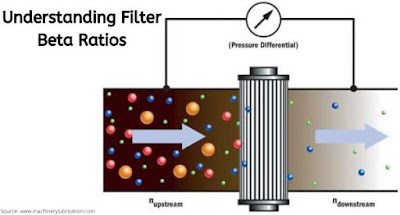
How to manage the cost of Lubricant Filtration? The cost of removing dirt from oil is substantial, mainly when plants and fleets operate in dusty environments. We are aware of the fact that contamination control is optional but an important maintenance strategy. You may find it surprising, but most oils purchased these days are not filtered before being sold. It may look transparent, but it has particles that are not expected to be in new oil. The existing contaminants of lubricants must be addressed first before putting into service. Achieving cleanliness of oil at economical rates should be taken care of by smart maintenance professionals. As already mentioned, many new lubricants may have impurities that contribute to premature filter plugging. An oil change can be more economical than filtration (in some cases). In simple words, filters last if they don’t plug in particles/impurities. A careful inspection must be done in this case. If you change filters very often, it will be a was...





